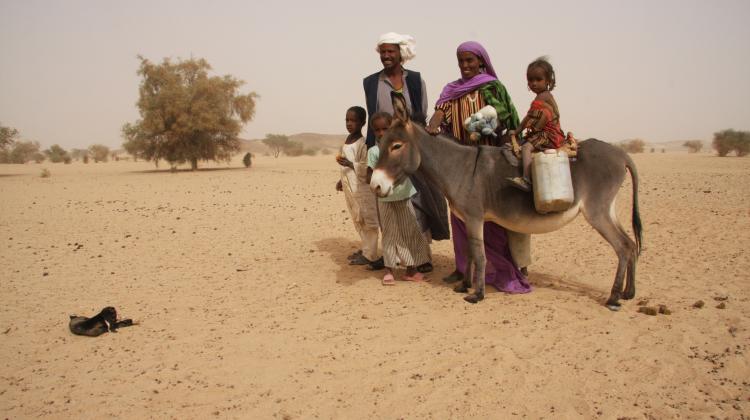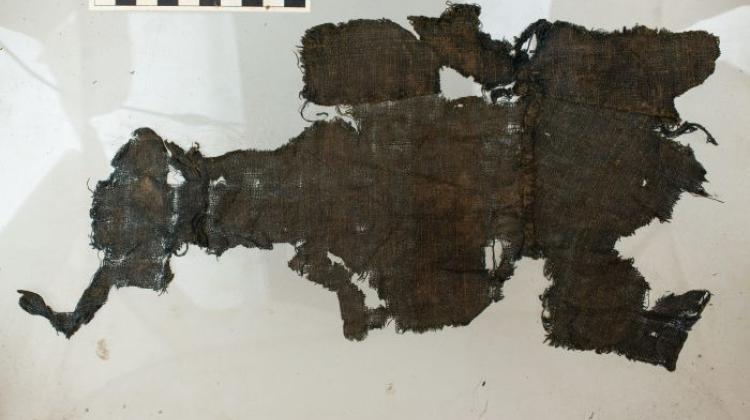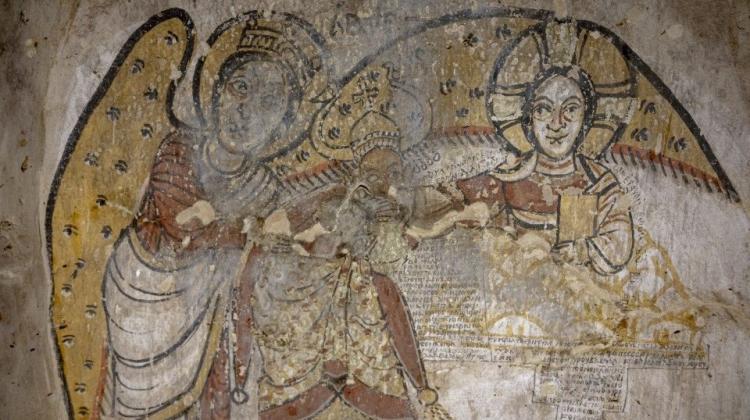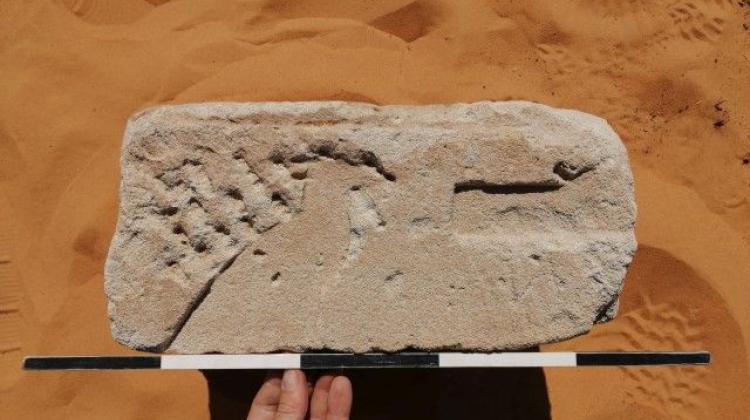20 years of the GAME project

Nearly 900 archaeological sites discovered and important findings related to the prehistory of the Sudanese desert Bayuda, which covers an area of a quarter of the area of Poland - these are only some of the discoveries made by the team led by Dr. Henryk Panera from the Archaeological Museum in Gdańsk as part of Gdańsk Archaeological Museum Expedition (GAME).
GAME has focused in recent years on the work in the Desert Bayuda, but has been operating in Sudan since 1993. During the first two seasons, members of the mission carried out research on the Stone Age site at the Sixth Cataract (Jebel Querri) and in the capital of the Funj Sultanate (1504-1821) - Old Sennar, and surveyed Shendi Begravyija, where ancient temple complex was discovered. However, most time, a total of 12 seasons since 1996, Gdańsk archaeologists spent in the area of the dam at the Fourth Cataract.
The area of Bayuda desert has not been systematically studied or even surveyed. British researchers have made a significant contribution in recent decades, but only the extensive program of Gdańsk archaeologists brought a breakthrough. This desert covers an area of almost 140 000 square kilometers and lies between Khartoum and the Great Bend of the Nile south of the Nubian Desert, with which it closes Sahara from the east. GAME with the Foundation for the Preservation of Monuments has been working in this area since 2008.
"We are in the first phase of the project. We are persorming a preliminary reconnaissance of the desert to get a general picture of the history of settlement in this part of Sudan. The next step will be to create maps of archaeological sites" - explained Dr. Paner.
At the same time, ethnological studies are performed. DNA analysis project continues, which involves comparing the genetic material of the population currently living in the surveyed territories with DNA results obtained in the course of archaeological excavations.
The next step will be selecting an area for more detailed research, including excavations, in close consultation with the National Corporation for Antiquities and Museums.
"In the field we work in 3-4 teams, we use four all-terrain vehicles adapted by Polish engineers to work in the desert, in particular to safely and fast cross long distances over rough desert ground" - said Dr. Paner.
Archaeologists preced reconnaissance with satellite imagery analysis. Upon arrival at the selected site, they photograph both the place and the neighborhood using a kite.
"Quite unexpectedly, in the Bayuda desert we found tumulus burial grounds, often combined with a number of Christian graves. The largest of these cemeteries are between 25 000 and 90 000 square meters" - said the lead researcher.
Due to the area of sites and severe weather conditions - sandstorms - archaeologists decided to document them not only with electronic theodolites, but also GPS receivers with very high accuracy, which they use to draw plans of archaeological sites, and cameras coupled with GPS receivers.
"The most important findings concern the Paleolithic, Neolithic, and especially Kerma horizon (mid-3rd - mid 2nd century BC). For the first time, such a number of sites with Kerma materials have been discovered south of the Nile. This proves conclusively the much larger impact your Kerma Kingdom than previously thought, and Bayuda desert cound be not only an economic base of the state, but also an important transport route connecting it with the south and east of the African continent" - argues the archaeologist.
Archaeologists have also discovered sites with dome graves already known from the area of the Fourth Cataract of the Nile and ususally dating back to the Napata period (7th-4th century BC). Dome graves - discovered, defined and introduced to science by the Gdańsk mission - are interesting because very often the deceased was placed on the surface of a rock and covered with a stone structure resembling the shape of an igloo, and not buried in a grave pit in the ground, as in all other cultures of the time in the area. "This is evidence of significant changes in the funeral rite in the 2nd century BC, which may be attributed to the influx of new ethnic groups" - believes the researcher.
"This year marks the 20th anniversary of our research in Sudan. We\'ve never used government, or local government funds, but only funds raised from sponsors and obtained by the Archaeological Museum in Gdańsk" - said Dr. Paner, who is also the director of the institution.
Over 20 years, scientists participating in the GAME project organized 20 national Nubiology conferences and released 10 volumes of the journal in English, "Gdańsk Archaeological Museum African Reports". On the occasion of the 10th anniversary of studies in Sudan, Gdańs archeologists organized an exhibition at the National Museum in Khartoum, dedicated to prof. L. Krzyżaniak - former director of the Archaeological Museum in Poznań, who introduced the Dr. Paner’s team to studies in Sudan.
Over the last two decades, the Archaeological Museum in Gdańsk presented many exhibitions devoted to ancient Nubia. Currently, the museum has a permanent exhibition of both archaeological and ethnographic objects of the central Nile Valley.
So far, the mission studied 20 000 sq km of the Bayuda desert, under the concessions there are still about 60-70 000 sq km. Gdańsk researchers estimate that work in this area will be completed after eight consecutive intense seasons.
PAP - Science and Scholarship in Poland
szz/ agt/ mrt/
tr. RL
Przed dodaniem komentarza prosimy o zapoznanie z Regulaminem forum serwisu Nauka w Polsce.


















